
AeroGenie — Seu copiloto inteligente.
Tendências
Categories
Safran to Build €450 Million Aircraft Carbon Brake Facility in France
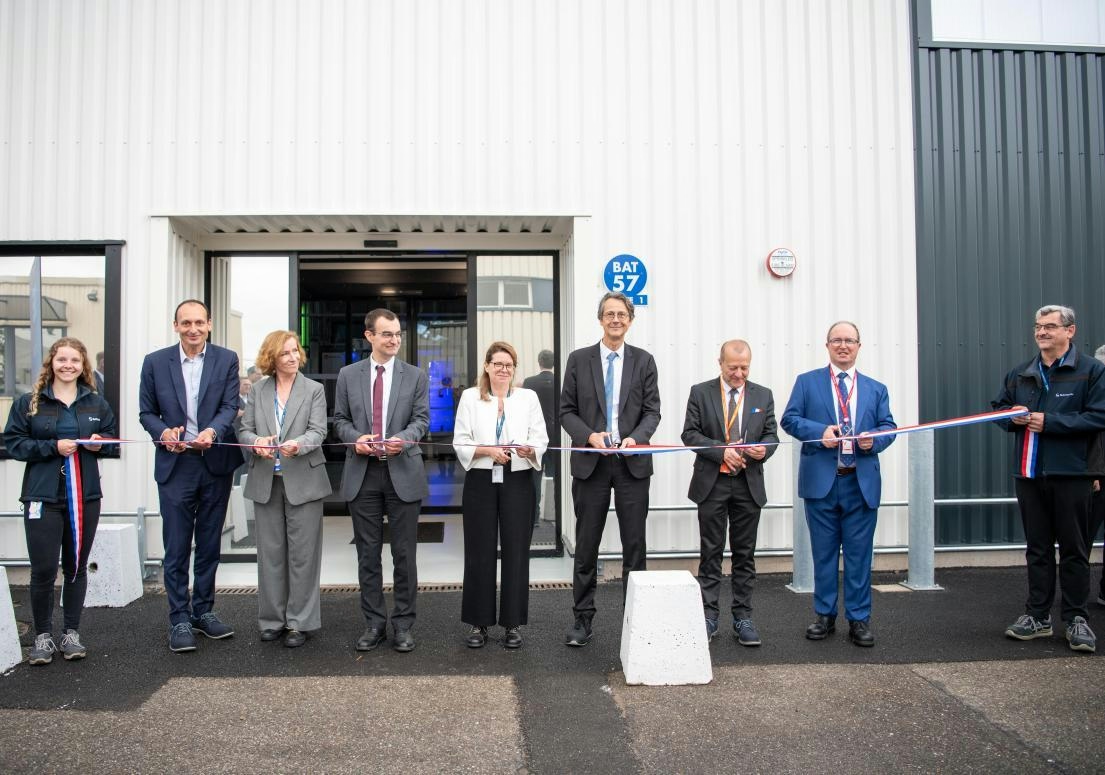
Safran to Build €450 Million Aircraft Carbon Brake Facility in France
Safran has announced plans to invest €450 million in a new aircraft carbon brake production facility located at the Plaine de l’Ain Industrial Park (PIPA) near Lyon, in the Auvergne-Rhône-Alpes region of France. The 30,000 square meter plant is scheduled to commence operations in 2030 and is expected to boost Safran’s carbon brake production capacity by 25% by 2037. This expansion aims to reinforce the company’s position as a global leader in the aircraft carbon brake sector.
Strategic Expansion and Operational Details
The new facility will complement Safran Landing Systems’ existing carbon brake production sites in Villeurbanne (France), Walton (USA), and Sendayan (Malaysia). At launch, the plant will employ approximately 100 highly skilled workers, with plans to double the workforce as production scales up. The site will incorporate advanced automated manufacturing technologies and was strategically selected for its access to competitively priced, low-carbon electricity—a critical factor given that energy costs can represent up to 30% of carbon brake production expenses.
Safran Chief Executive Officer Olivier Andriès emphasized the significance of the project, stating that the new facility will strengthen the company’s global leadership in carbon brakes and enhance its capacity to support customers amid robust growth in air traffic. He also acknowledged the collaborative support from the French government, the Auvergne-Rhône-Alpes regional authority, EDF, and grid operator RTE in securing the site.
Sustainability Commitments and Industry Challenges
The plant is designed with ambitious sustainability objectives, targeting zero emissions through the use of biomethane and low-carbon electricity. Safran intends to reduce energy and gas consumption by 30% and water usage by 80%, while implementing heat recovery systems to supply a local heating network. Many of these advanced technologies are expected to be adopted across Safran’s other facilities to further enhance environmental performance and operational competitiveness.
Despite these commitments, the project faces significant challenges. Establishing a manufacturing site of this scale requires navigating complex regulatory frameworks and ensuring compliance with stringent environmental standards. Additionally, managing energy costs remains a critical concern amid volatile energy markets and increasing pressure on the aviation industry to decarbonize operations.
Market Context and Competitive Landscape
Safran’s investment is being closely monitored by industry observers, particularly in light of competition from major rivals such as RTX’s Collins Aerospace. The aircraft wheel and brake maintenance, repair, and overhaul (MRO) market is projected to grow at a compound annual growth rate of 5.2% between 2025 and 2032, intensifying competitive pressures. Analysts suggest that Safran’s move may prompt competitors to accelerate technology development or pursue strategic partnerships to strengthen their market positions.
As Safran advances this significant expansion, its ability to manage operational complexities and maintain technological leadership will be crucial in capitalizing on rising demand within the aviation sector while meeting evolving sustainability expectations.

Europe Advances Aviation Sustainability Through SAF Mandates and Innovation

Lufthansa's Fleet Plans for 2025

Fifteenth National Games Model Aviation Finals in Longhua Showcase Drone Sports and Innovation
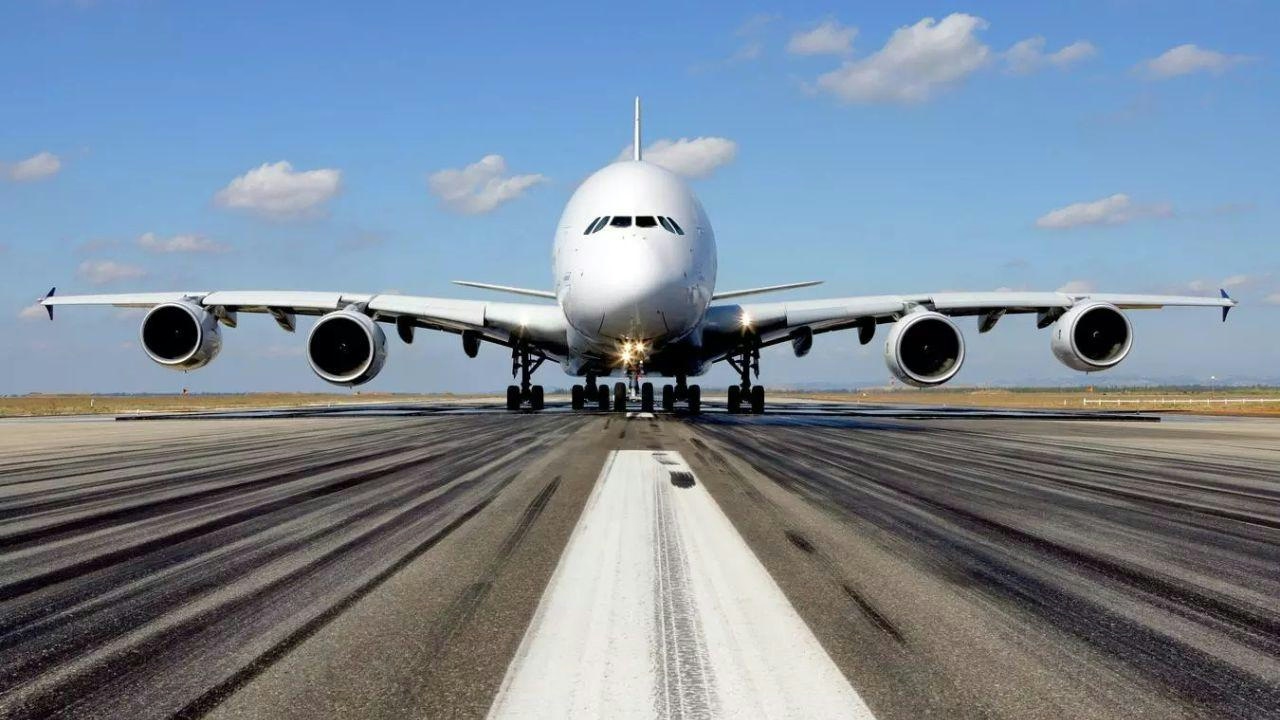
Brazilian Woman Becomes First Female Captain of Airbus A380
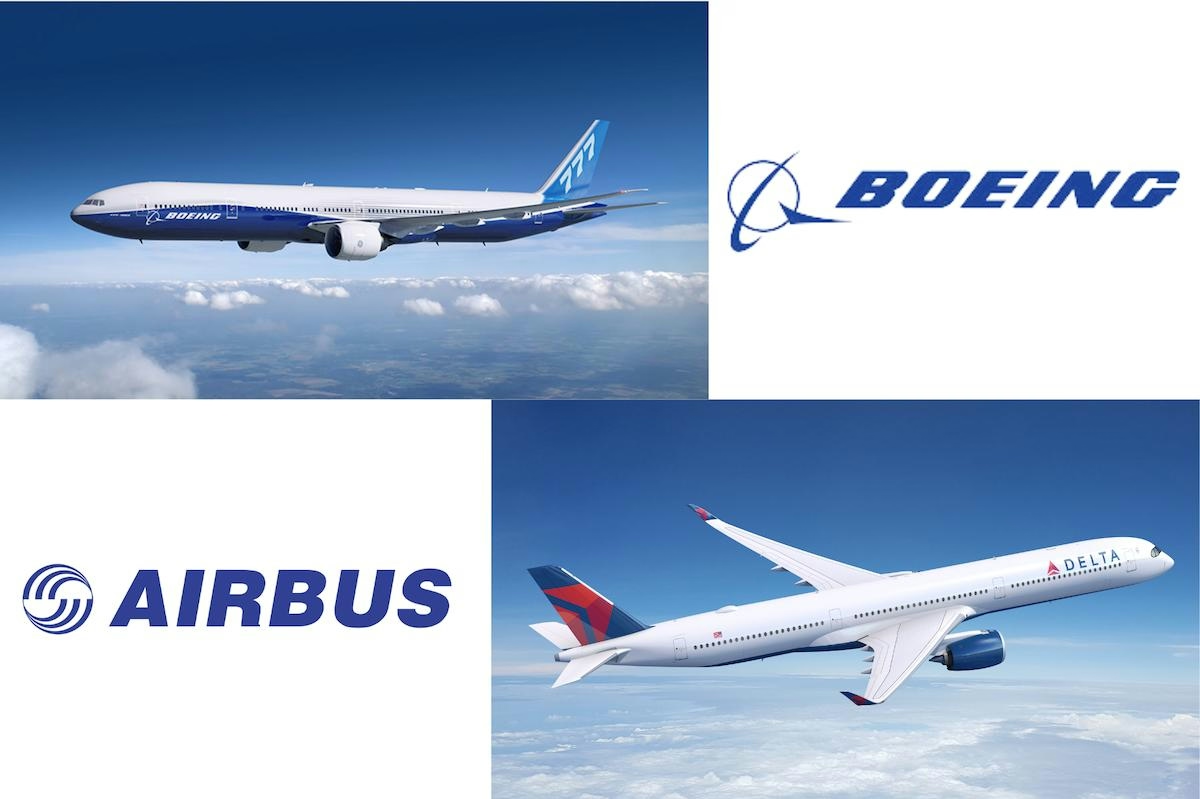
Airbus and Boeing: Comparing Their Global Reach
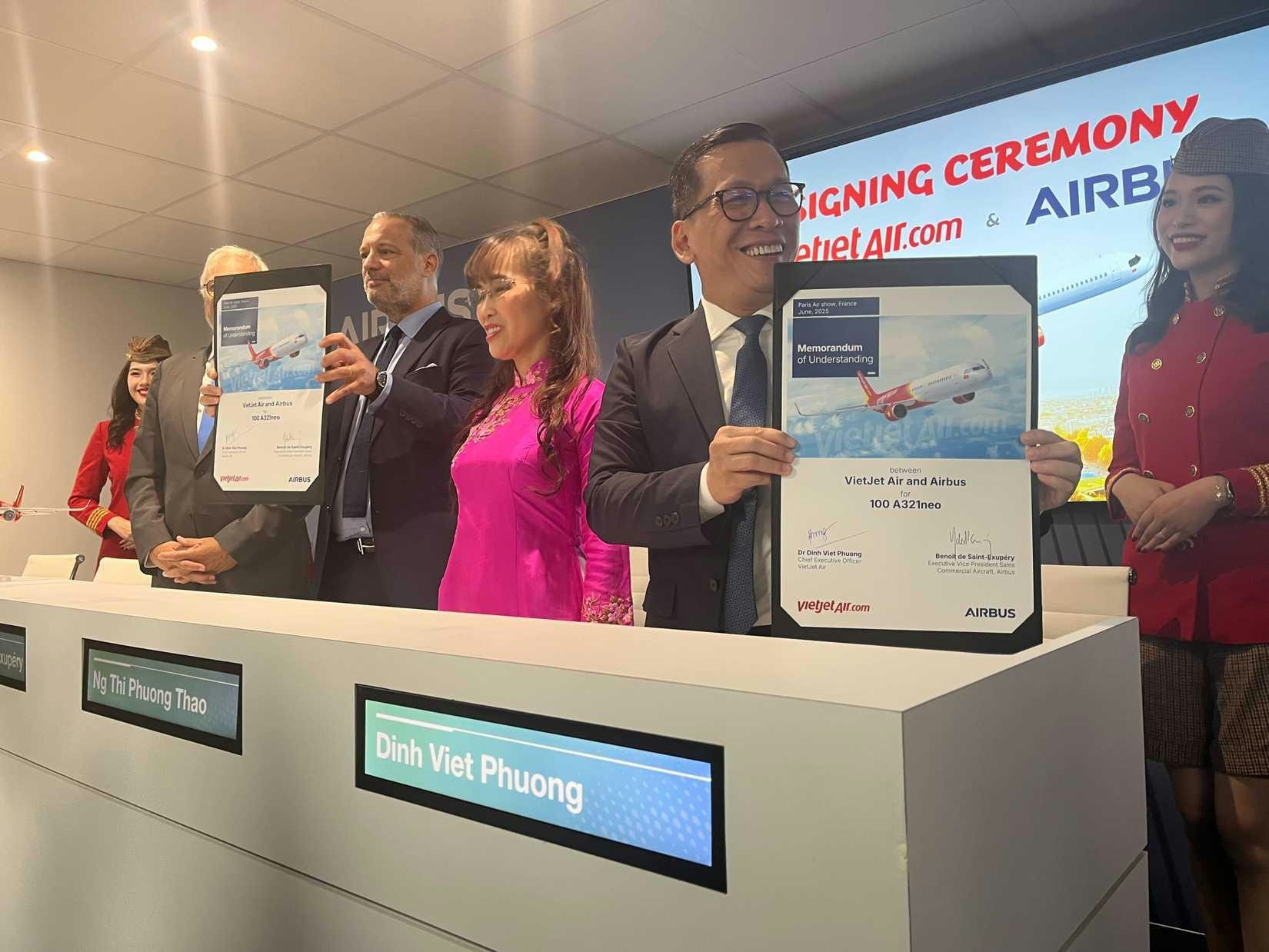
Vietjet Orders 100 Airbus A321neo Jets, Strengthening UK-Vietnam Strategic Partnership
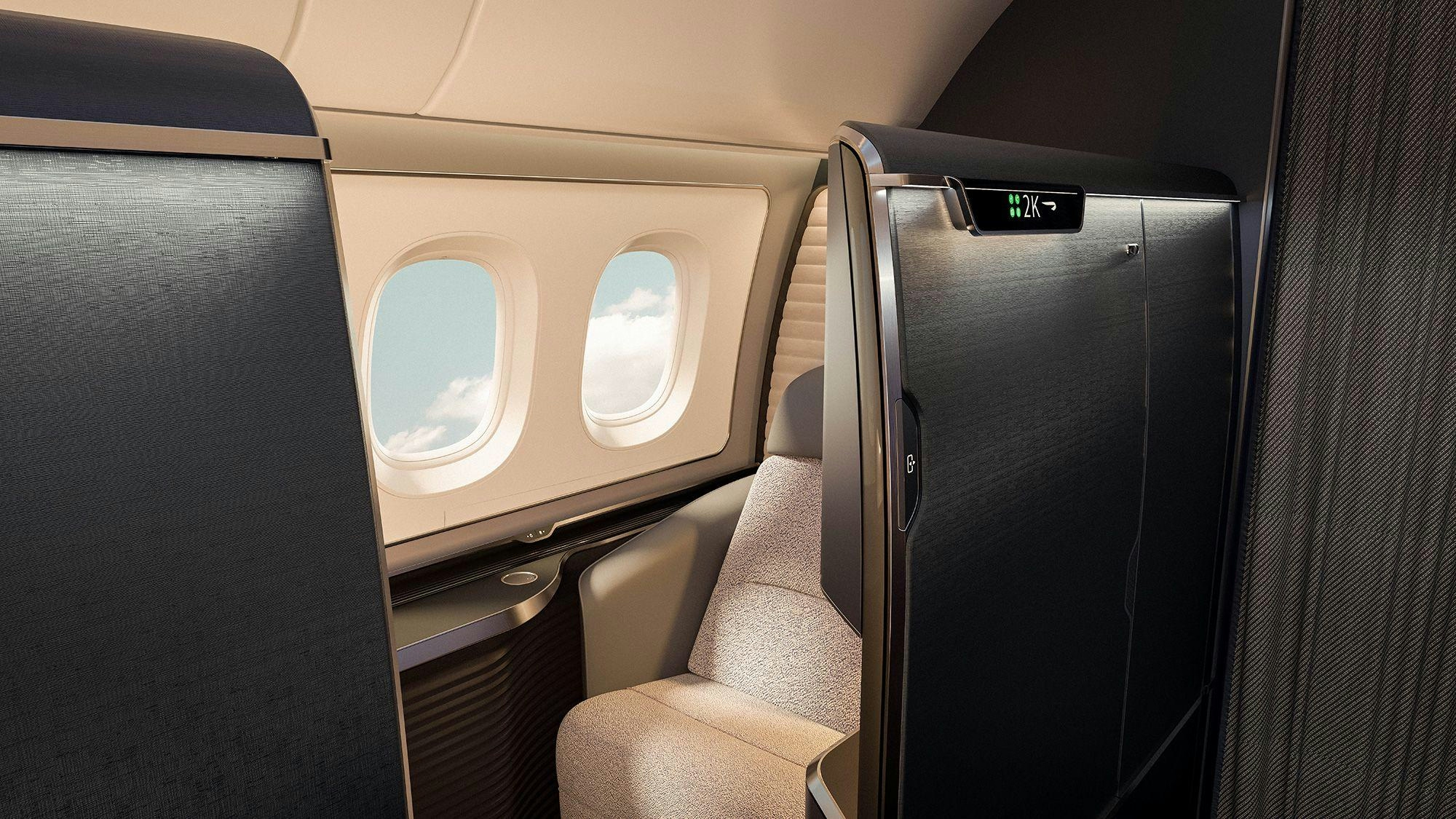
The Aircraft Set to Replace the Iconic Superjumbo

Delta Air Lines Introduces AI-Powered Concierge Service
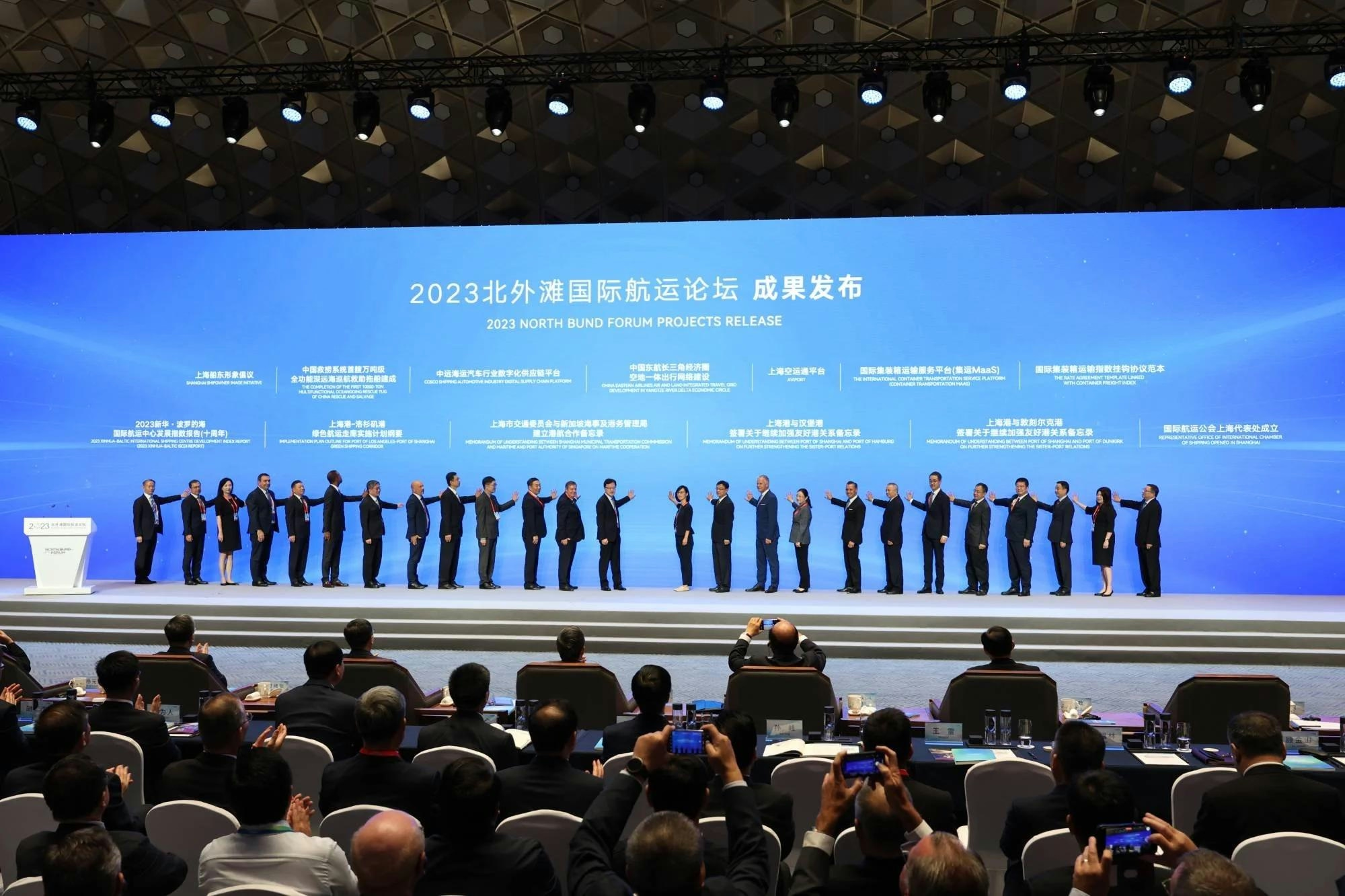
Shanghai to Host 2025 North Bund International Aviation Forum
